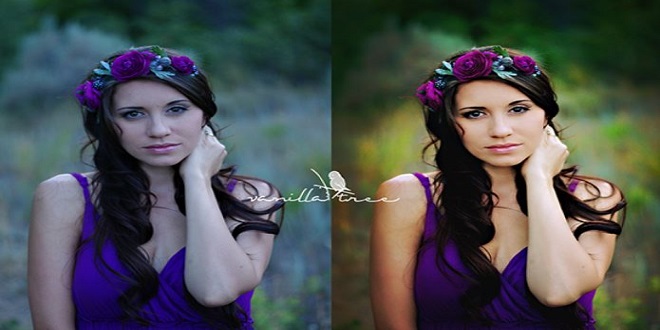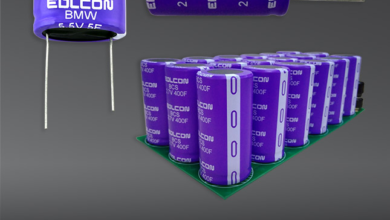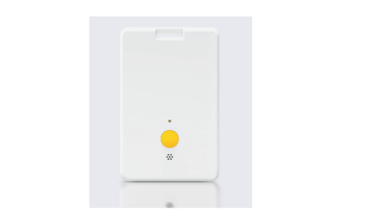
When it comes to designing in Photoshop, there is a myriad of ways one could use to achieve a certain result, especially when it comes to photo retouching. Designers use techniques they are most confident as well as comfortable with, which is great because it’s always useful to peek into the workflow of our colleagues and learn new design approaches.
Naturally Increased Light
The light of the sun creates texture. There are shadowy areas and spots where the sunlight can shine without interference. To control the intensity, you can draw more light onto a separate layer or increase already existing light. Create a new layer by going to Layer → New → Layer, or by pressing Shift + Control + N on Windows or Shift + Command + N on a Mac. Set the blending mode to “Color Dodge” and the opacity to about 15%.
Then use the brush tool with a soft brush, and hold the Alt/Option key to pick up colors from the area that you want to brighten. Continue to brush in some light, picking up appropriate colors if the background changes. This way, you increase not only the light, but the saturation, which makes for more realistic results.
Simulate Infrared Images
Open a photo in Camera Raw; you can do this either in Bridge, using the right mouse key and clicking “Open in Camera Raw,” or directly in Photoshop, by selecting File → Open as Smart Object. Apply basic adjustments to optimize your image (for example, with the “Recovery” and “Fill Light” slides), then switch to the “HSL/Grayscale” tab. Check “Convert to Grayscale,” and set the Blues down to around -85. Set the Greens to +90 and the Yellows to +20.
Levels
When applying a “Levels adjustment,” you can set black and white points in order to decrease color tints, but where are the darkest and brightest spots in the image? Go to New Adjustment Layer → Threshold to find those areas. This function is available under the “Layer” menu.
Move the slider so far to the right that only a few white spots remain in the document. Use the “Color Sampler tool” and set down a point there. Move the slider to the left until only a few black spots remain, and set a second point down there.
Color Look With An Adjustment Layer
Go to the Layer menu, and then New Adjustment Layer → Hue/Saturation, set the blending mode to “Soft Light” and check “Colorize.” Use the Hue, Saturation, and Lightness sliders to control the color: for a cool look, for example, set the hue at 210, the saturation at 50, and the lightness at 10; for a warm look, set the hue at 30, the saturation at 30 and the lightness at 5
Alternatively, you could use several color layers. Create them from the layer palette with the “New Fill/Adjustment Layer” button. Choose a color, then set the blending mode to “Vivid Light.” Reduce the opacity to about 12%, and invert the layer mask with Control/Command + I. Paint in the colored light with a big brush and white color. This works especially well for the lighting in portraits that have a textured background.
Controlling Mid-Tone Contrasts
To increase detail in landscape shots, boost the mid-tone contrast. Copy the background layer with Control/Command + J, and then click on Filter → Convert for Smart Filters in the menu. Then go to Filter → Other → High
Pass and enter a radius of 3 pixels. Change the blending mode to “Overlay” and double-click the layer next to its name to open the “Layer Style” window.
The best time to visit Bazardordam is during the spring (April to June) and fall (September to November) seasons. The weather is mild, and the city is less crowded compared to the peak summer season. Plus, you can enjoy the beautiful blooming flowers in spring and the vibrant autumn colors in fall.
Last word
Activate the layer with the red skin, and select Image → Adjustments → Match Color from the menu. For “Source,” select the current document, and for “Layer,” select the one with the beautiful skin. Control the effect using the “Luminance” and “Color Intensity” sliders in the Image Options area. Once you confirm, you can control the effect’s strength with the Opacity slider





